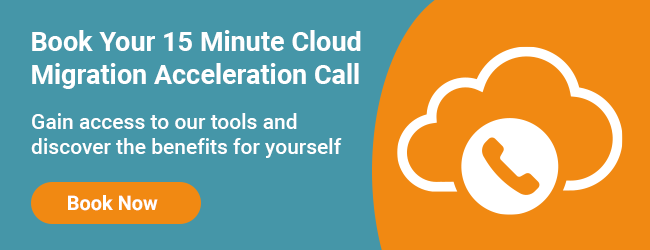To Err is Human…to Load is Devine!
Customer : “We’d like to ensure our cloud contact centre operates to specification before we go live with a load test!”
Cloud Contact Center Provider : No Need! Our contact center cloud solution is built with microservices and can scale and cope with any customer capacity requirements. Our infrastructure team stress test the systems all the time! Just look at these SLA’s!!!”
While all these points are valid and offered to provide the customer with peace of mind when moving to the cloud, very few customers, if any, will be using your cloud contact center solution in complete isolation.
They may use their inbound voice circuits or have an existing MPLS or VPN they trombone the calls through. They’ll no doubt have 3rd party or in-house CRMs and databases for lookups and data input, and they may well be using 3rd party TTS or NL engines to support their CX initiatives.
Although the above are just examples, failures or issues across the customers’ entire contact centre solution, whether your responsibility or not, will determine whether they see the migration to your contact center cloud solution as a success or a failure
Shine the light with load testing
A simple, inexpensive load test, before the system goes live, can determine how these various elements are performing, providing an opportunity for the customer to resolve the issues before they’re introduced to the production environment.
It also presents the opportunity for you to highlight that the system you’ve created together operates as expected.
No point finger pointing!
Intermittent issues which only appear under load can be near impossible to identify and fix in a production system and have a far more significant impact on the customers’ revenues and brand reputation.
Blame is easily pushed between each vendor as they try to prove it’s not their portion of the solution that’s at fault. During this time, the customer is still experiencing issues, and key stakeholders only see that it’s your solution that’s not performing.
We've seen it all before...
In recent customer migrations to a cloud contact center, an ETS load test prior to launch identified various issues, none of which were as a result of the underlying cloud contact center solution itself. Had these been experienced within the production environment, support tickets would have been raised through you, wasting time, resources and negatively impacting their overall impression of your solution.
Recent issues identified:
- Carrier SIP trunk mis-configuration limited capacity to 50%.
- QoS configuration errors caused voice quality issues when call volumes hit over 60% capacity from the CCaaS Edge.
- Incorrect load balancing between customer SBC’s caused calls to fail intermittently.
- DNS lookup delays for API calls to customer database caused wait times to increase.
- Resource problems with backend server farms caused data lookups to fail under load and calls to error/disconnect.
- External cloud TTS capacity limits under load caused error messages and calls to fail.
On average, Occam’s ETS load services equate to just over 1% of the annual deal value.
The ETS load testing feature:
- Tests the entire network that supports the customer experience from carrier to the agent
- Provides peace of mind that systems are operating to specification
- Validates the stability of your cloud environment
- Provides additional value by highlighting issues that lay outside of your cloud environment
- Reduces pressure on your support desk
- Enhances brand reputation by providing validation on your systems performance
Customers are looking for more than just case studies and stats for peace of mind when they’re migrating their contact centre to the cloud.
An ETS load test provides you with a unique opportunity to demonstrate your confidence in your cloud operations and quickly and effectively provide clarification as to the cause of an external issue negatively impacting the customers’ CX initiatives.




